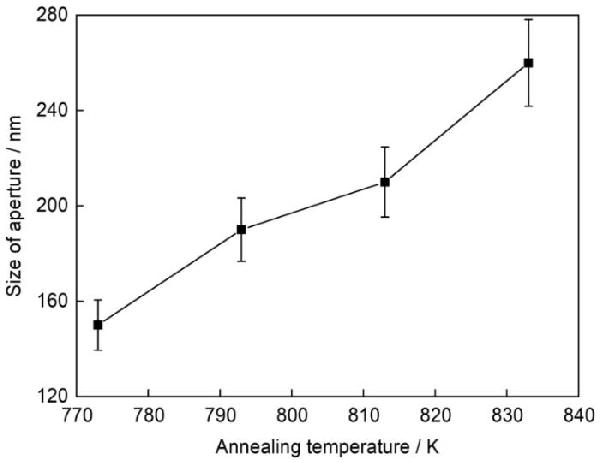
全部
▼
搜索
熱搜:
位置:中冶有色 >
> 納米多孔Fe-Si-B-P的脫合金制備及其電化學(xué)性能
 463
編輯:中冶有色技術(shù)網(wǎng)
來源:賴祥曄,翁楠,池昱晨,秦鳳香
463
編輯:中冶有色技術(shù)網(wǎng)
來源:賴祥曄,翁楠,池昱晨,秦鳳香












 分享 0
分享 0
 舉報 0
舉報 0
 收藏 0
收藏 0
 反對 0
反對 0
 點贊 0
點贊 0

 中冶有色技術(shù)平臺
中冶有色技術(shù)平臺 2024年12月27日 ~ 29日
2024年12月27日 ~ 29日  2025年01月03日 ~ 05日
2025年01月03日 ~ 05日  2025年01月03日 ~ 05日
2025年01月03日 ~ 05日  2025年01月03日 ~ 05日
2025年01月03日 ~ 05日  2025年04月27日 ~ 29日
2025年04月27日 ~ 29日 
